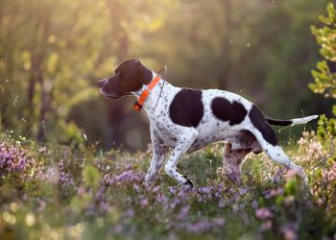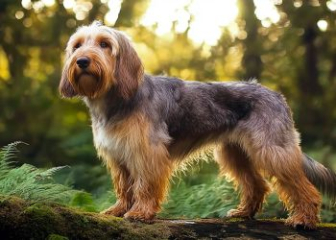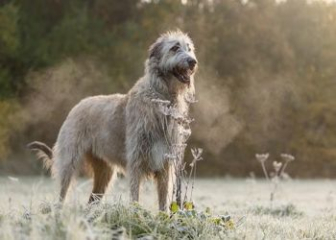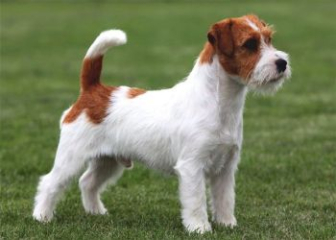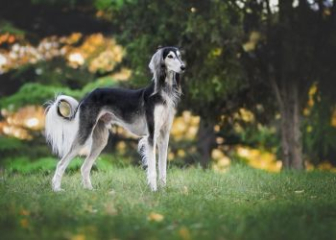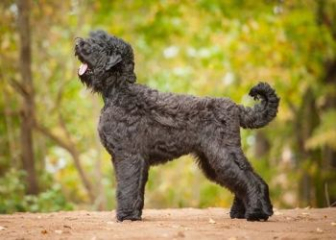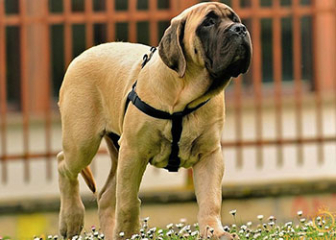Boxer Dog – The European Fighting Breed
Blog | by
The Boxer Dog, also known as or "Fighter Dog", is a European fighting breed with a muscular build yet a friendly and cheerful temperament.
The Boxer Dog, originating from Germany, is a powerful and athletic dog known for its strong stance, ability to jump on two legs like a boxer, and love for physical activities. Despite its imposing appearance, the Boxer is gentle, affectionate, and friendly.
To learn more about this incredible breed, follow along with dog breed article below!
Where Does the Boxer Dog Come From?
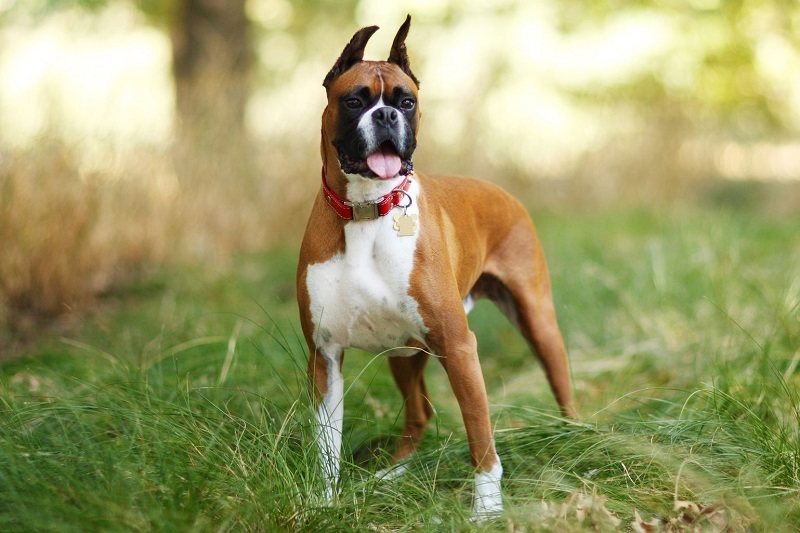
Purebred Boxer Dog Photo
The Boxer Dog originates from Germany and is the result of crossbreeding two German mastiff breeds: the Bullenbeisser (a now-extinct large bull-hunting dog) and the Barenbeiszer. Later, it was further crossbred with Bulldogs.
- 1896: The Boxer Club was officially established in Germany.
- 1904: The American Kennel Club (AKC) recognized the Boxer as a purebred breed.
- World War I & II: Boxers were used as messenger dogs, guard dogs, and rescue dogs.
Originally, Boxers were bred for tasks such as pulling carts, hunting wild cattle, and working as police dogs. However, by the 20th century, the Boxer evolved into one of the world's most popular pets, thanks to its striking appearance, friendly personality, and loyalty.
Boxer Dog Appearance
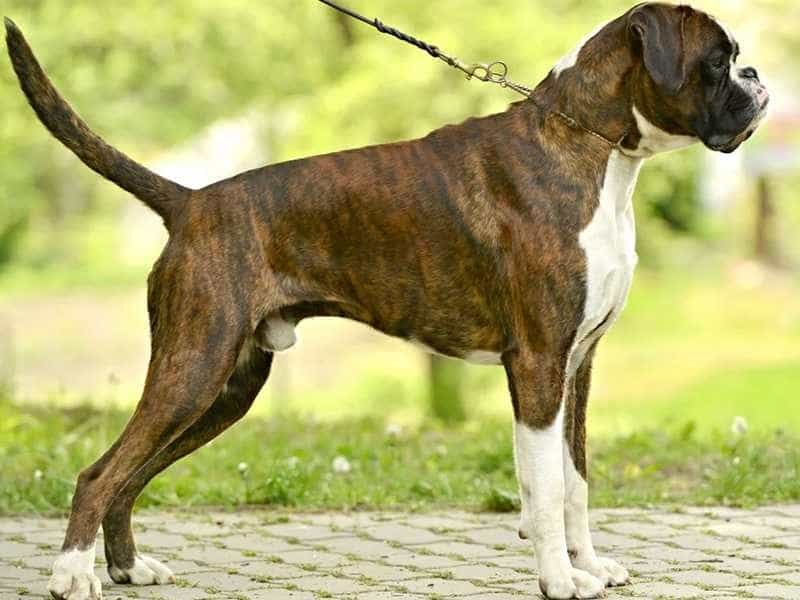
Brindle Boxer Dog with a Tall, Muscular Build
The Boxer Dog has a strong, majestic, and medium-sized body, with a distinctive white patch on the chest, which is a unique feature of this breed. Let’s explore the detailed physical characteristics of the Boxer below.
Physical Characteristics of a Boxer Dog
- Height: Males 56 - 63 cm, Females 53 - 61 cm
- Weight: Males: 27 - 32 kg, Females 24 - 29 kg
- Neck: Thick, muscular, and firm, without loose skin.
- Body: Square-shaped, with straight and parallel front legs.
- Head: Large, with a slightly protruding lower jaw (underbite), wide mouth, and strong bite force.
- Nose: Large, black, and slightly upturned.
- Muzzle: Short, but not as short as a Bulldog's.
- Ears: Triangular and floppy, though some puppies have their ears cropped when young.
- Eyes: Large, round, dark brown, with an intelligent expression.
- Tail: Long and slightly curved, though many Boxers have their tails docked at an early age.
- Coat: Short, smooth, and low-shedding, with common colors such as fawn, brindle, and white.
- Lifespan: 11 - 14 years.
Boxer Dog Temperament
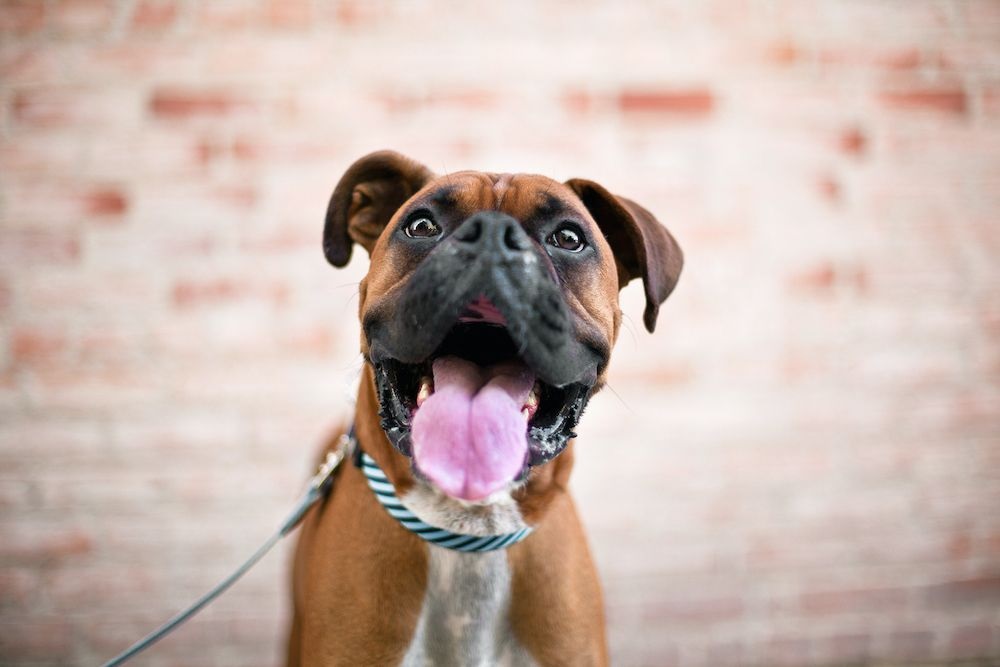
The Boxer Dog – A Friendly and Adorable Fighter
Besides its strong and muscular appearance, the Boxer is also known for being intelligent, loyal, and highly energetic. Let’s explore the temperament of this amazing fighter dog in detail.
Loyal and Affectionate
The Boxer Dog is extremely loyal to its owner. It loves being close to family members, enjoys cuddling, and thrives on playtime and physical affection.
Energetic and Playful
As a sporting breed, the Boxer is always full of energy. It enjoys running, playing, and engaging in outdoor sports activities.
Boxers also have a habit of jumping up on people to express excitement or playfulness. However, this behavior should be trained and controlled, as it may accidentally pose a risk to others, especially children.
Brave and Protective Instincts
Since the Boxer shares ancestry with the Bulldog, it naturally possesses a courageous and protective temperament. It is always highly alert, and when faced with dangerous situations, it will instinctively protect its owner.
However, Boxers are generally friendly and only become aggressive when they feel threatened.
Intelligent and Quick Learner
The Boxer is a highly intelligent breed that learns quickly. It enjoys mental challenges and can be trained to follow complex commands, making it an excellent working and companion dog.
How to Care for and Raise a Boxer Dog
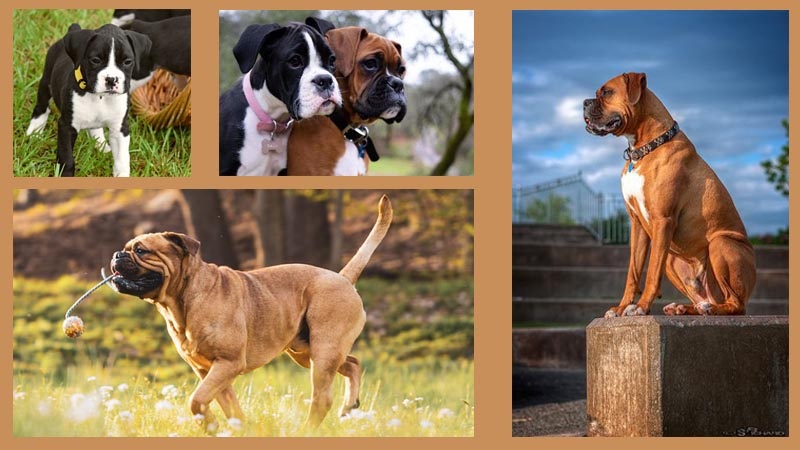
Boxer Dogs Require Careful Attention to Diet and Training
Below, we provide detailed guidelines on how to properly care for a Boxer, including nutrition, hygiene, exercise, training, and vaccinations. Let’s dive in!
Recommended Nutrition for Boxer Dogs
Here’s a balanced diet plan for Boxer dogs:
- Protein (30 - 40%) – Found in beef, pork, chicken breast, fish, organ meats, and eggs.
- Fat (10 - 15%) – Sourced from fish oil and animal fat.
- Carbohydrates (20 - 30%) – From sweet potatoes, rice, and brown rice.
- Calcium, Vitamin D, and Glucosamine – Essential for bone health, found in bones and dairy products.
- Fiber, Vitamins, and Minerals – From leafy greens, vegetables, and fruits.
- Fresh Water – Must always be available and sufficient.
Feeding Schedule Based on Age
| Age | Meals per Day | Notes |
|---|---|---|
| 2 - 3 months | 4 meals/day | Soft, easy-to-digest food like porridge, mashed vegetables. |
| 4 - 6 months | 3 meals/day | Balanced meals with more meat, less starch, and plenty of fresh water. |
| 6+ months | 2 meals/day | Fully nutritious meals, can include dry kibble and fresh water. |
Exercise and Training for Boxers
Boxers are energetic dogs that require daily exercise to burn off excess energy. However, it's essential to control their excitement, or they may become overly hyperactive.
- Minimum exercise 1 - 2 hours per day, including walking, running, fetch, and tug-of-war.
- Mental stimulation games to enhance intelligence and prevent boredom.
- Socialization training to reduce aggression toward strangers.
- Basic obedience training, including commands like sit, stay, lie down, shake, and potty training.
- Discourage excessive jumping, as Boxers love jumping on people.
Hygiene and Coat Care for Boxer Dogs
Boxers have short, smooth coats that shed minimally, making grooming less demanding than other breeds. Here are some care tips:
- Bathing & Skin Care: Bathe every 2 weeks or as needed. Boxers groom themselves like cats, so they tend to stay clean.
- Eye & Ear Cleaning: Wipe the face with a damp cloth daily, and clean the ears weekly.
- Dental & Nail Care: Brush teeth 2 - 3 times a week, and trim nails when too long.
Health Care for Boxers
To keep your Boxer healthy, follow regular vaccinations and check-ups:
- Core Vaccines: 5-in-1 and 7-in-1 vaccines, plus rabies shots, as recommended by a vet.
- Deworming: Every 3 - 6 months for puppies, and once a year for adult dogs.
- Regular Health Check-ups: Once or twice a year to detect any genetic diseases early.
Best Living Environment for a Boxer Dog
Providing a suitable environment is key to keeping your Boxer happy and well-behaved. Here are some essential considerations:
- Boxers love movement, so they need a spacious home with a yard.
- If living in an apartment, daily walks and exercise are a must.
- Avoid chaining or confining Boxers for long periods, as this can lead to destructive behavior.
- Boxers are sensitive to extreme temperatures – they do not tolerate very hot or very cold weather well.
Common Health Issues in Boxer Dogs & Prevention

Purebred Boxer Dogs
Boxers are prone to certain hereditary diseases as well as common canine illnesses. Let’s explore some of the most frequent health issues in Boxer dogs, their symptoms, and preventive measures.
1. Boxer Cardiomyopathy (BCM)
Boxer Cardiomyopathy is a genetic heart condition that affects the heart’s rhythm, leading to irregular heartbeats.
- Cause: Hereditary
- Symptoms: Rapid breathing, shortness of breath, fainting, and irregular heartbeats
- Prevention & Treatment: Regular veterinary check-ups, Avoid overexertion, Provide Omega-3 supplements for heart health
2. Vision Impairment
Boxers are highly prone to vision loss, with studies showing that over 70% of Boxers may develop this condition.
- Causes: Genetics, poor eye hygiene
- Symptoms: Blurry vision, excessive tearing, and progressive blindness
- Prevention: Clean the eyes regularly with a damp cloth, Include Omega-3 in their diet to support eye health
3. Cancer
Boxers have a high risk of developing cancer, especially mast cell tumors and lymphoma, due to improper breeding practices.
- Cause: Genetic mutations
- Symptoms: Slow-healing wounds, fatigue, weight loss, and lumps on the skin
- Prevention: Maintain a healthy diet, Regular vet check-ups for early detection
4. Sensitivity to Medications (MDR1 Mutation)
Boxers carry the MDR1 gene mutation, making them highly sensitive to certain medications, including ivermectin and loperamide (used for deworming and diarrhea).
- Prevention: Never administer medications without a vet’s approval, Genetic testing can help identify MDR1 carriers
5. Aortic Stenosis/Subaortic Stenosis (AS/SAS)
This is a common congenital heart defect in Boxers and can be life-threatening if not detected early.
- Cause: Hereditary heart abnormality
- Symptoms: Sudden fainting, irregular heartbeat, or sudden death
- Prevention: Buy from reputable breeders with health screenings, Schedule routine cardiac check-ups
6. Allergic Dermatitis (Skin Infections & Allergies)
Boxers have sensitive skin, making them prone to skin infections, allergies, and dermatitis.
- Causes: Food allergies, flea bites, mites, and poor hygiene
- Symptoms: Excessive scratching, bald patches, redness, or inflamed skin
- Prevention: Regular grooming and hygiene, Use flea and tick prevention treatments
Boxer Dog Price Guide & Buying Tips
Here’s an estimated price range for Boxer dogs based on origin and certification:
| Boxer Dog Origin | Estimated Price | Notes |
|---|---|---|
| Vietnam-bred Boxer (No papers) | 6 - 8 million VND | No official documents or proof of purebred lineage |
| Vietnam-bred Boxer (With papers) | 8 - 15 million VND | Includes pedigree papers, health certificates, and vaccination records |
| Purebred Boxer imported from Thailand | 9 - 15 million VND | High-quality breed with complete paperwork |
| Purebred Boxer imported from Europe | $2000 - $2300 USD (Approx. 46 - 53 million VND) | Certified by AKC and includes full health assessments |
Important Tips When Buying a Boxer Dog
- Check the documents – If purchasing a Boxer with paperwork, verify its pedigree, vaccination records, and health certification.
- Assess the dog’s appearance and health – Choose a lively, well-proportioned puppy that shows no signs of illness or weakness.
- Buy from reputable breeders – Avoid extremely cheap Boxer dogs, as they may be unhealthy or mixed breeds.
Collection of Beautiful Boxer Dog Photos
If you want to view or download high-quality Boxer dog images, check out our curated selection of stunning Boxer photos below!
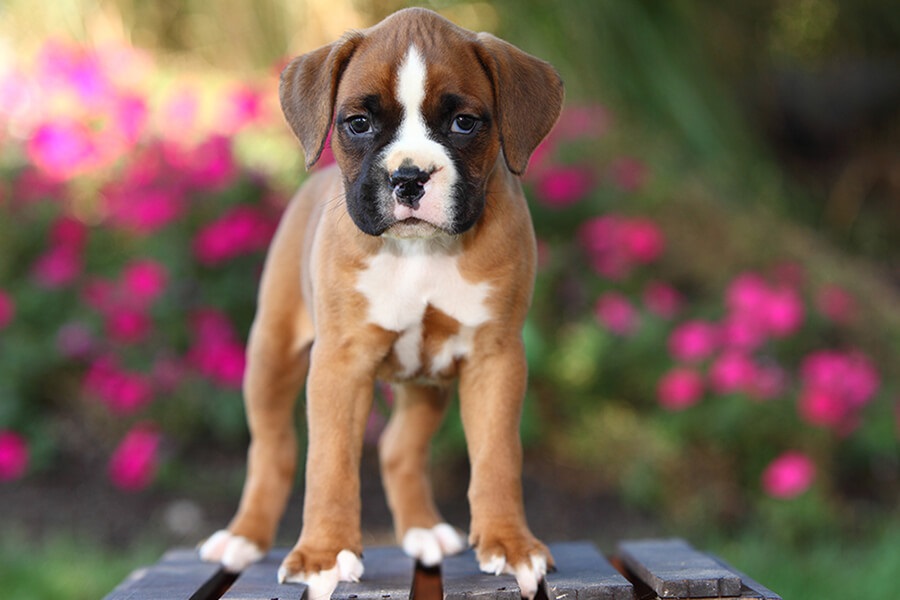
Adorable Boxer Puppy Photo.
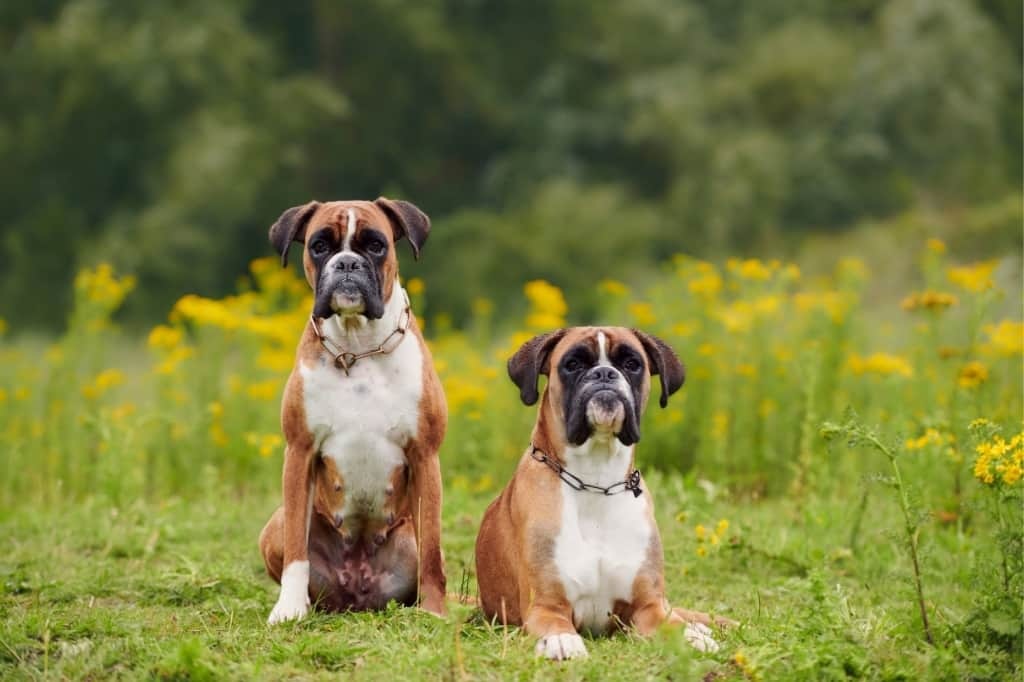
Two Boxer Dogs Lying Next to a Flower Garden
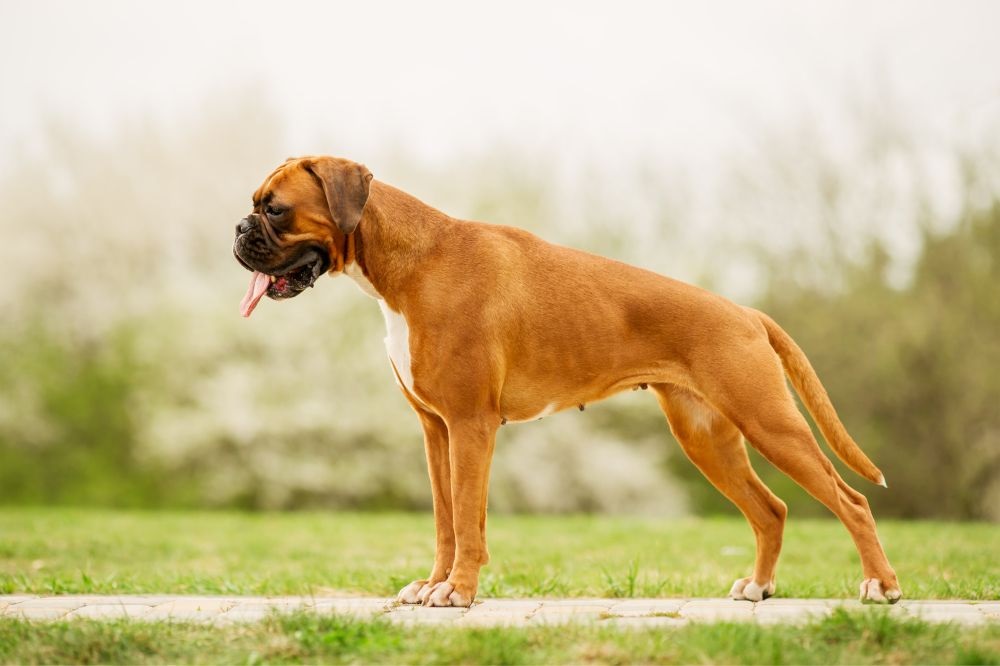
Image of a Boxer Dog with a Large, Muscular Build
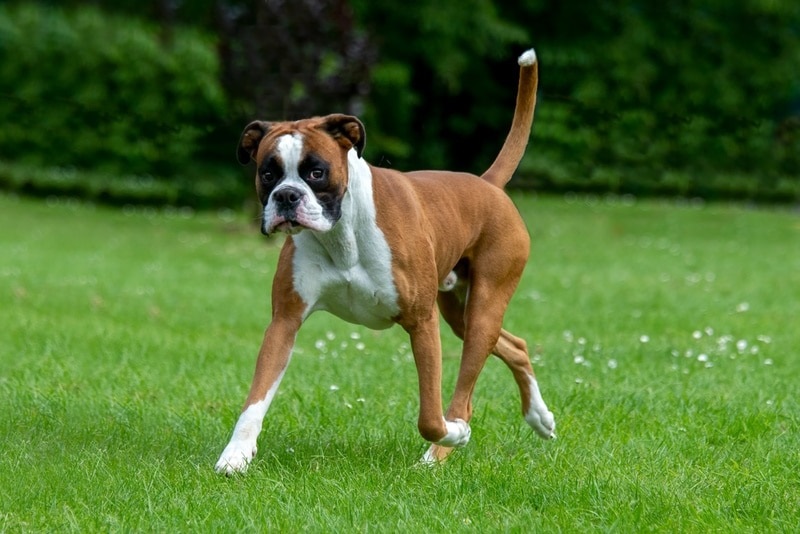
The Boxer Dog Loves Running and Staying Active
Above, dogbreed.wiki has provided detailed information about the Boxer Dog, a powerful and athletic breed from Germany. Although Boxers are generally gentle, they may not be suitable for every owner, as they require a spacious environment and a significant amount of time for exercise and care.
Make sure to carefully consider your lifestyle before deciding to adopt a Boxer!
Goodbye for now, and see you in our next Blog articles, where we’ll continue exploring other fascinating dog breeds!

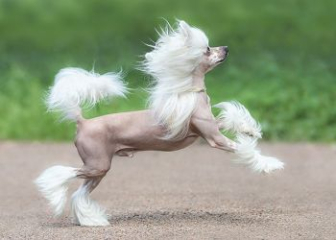

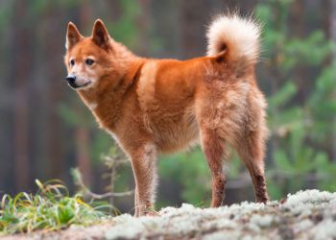


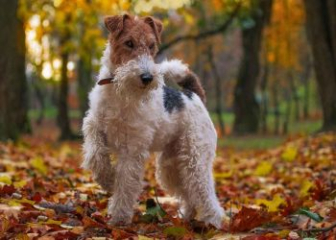


_350x250.jpg)

